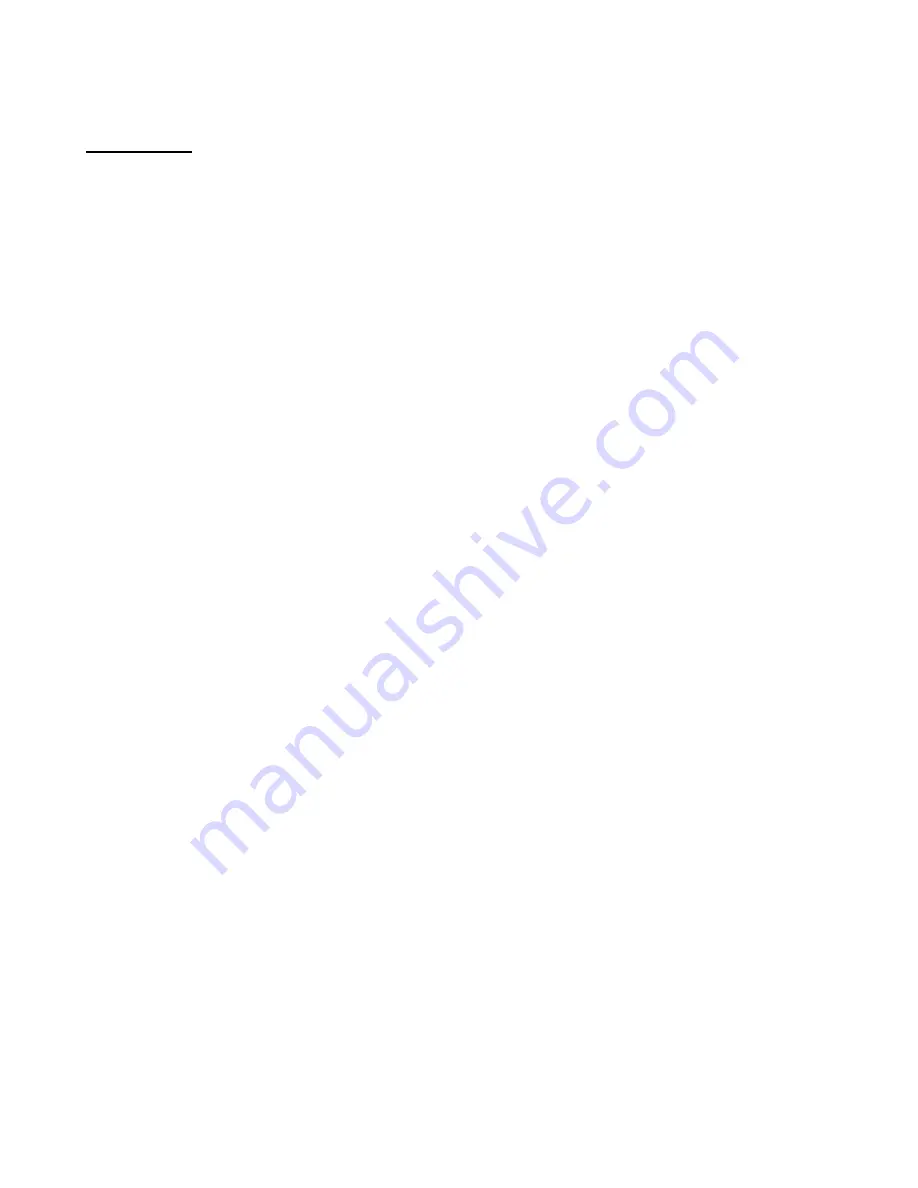
EN D 031 Rev D
Page 6 of 17
Operation
Verify the following before and during operation of the Spider:
•
Keep the insert teeth clean from buildup of mud, grease, sand or other debris.
•
Lubricate the bushing via the grease fittings found along the linkage assembly.
Depending on the setup of the control valve, pressure applied to the cylinder will either cause it
to extend or retract. This cylinder moves the slip assembly via lift arms, crankshafts and links.
Opening the Slips
Retracting the cylinder prevents the insert teeth from engaging and supporting the tubing string
by moving the slip up and out of the way.
Closing the Slips
To engage the insert teeth on the tubing string, the cylinder is extended. Then, the load of the
tubing string can be held if it is lowered slightly thereby transferring the load from the hook to
the spider.
Objects Larger than Spider Bore
When an object is coming in or out of the well that has a diameter larger than the bore of the
spider, then the tubing spider has to be removed. Ensure the weight of the tubing string is not
being held by the spider. Remove the gate so the spider can be removed from the string. Pass the
object, and reinstall the tubing spider over the well. Install the gate back onto the spider and pin
it in place. Secure the Spider over the wellhead.
Slip Assembly
The slip assembly must correlate with the size of tubing being held. The following instructions
are for the replacement of the slip assembly or inserts. Refer to the warning section of the
manual before working on the spider.
Slip Replacement
Follow the steps below. Refer to the parts drawing in this manual for a visual aid.
1.
Use the pneumatic/hydraulic system to hold the slip bodies in the raised position.
2.
Loosen and remove the nut from the bolt that secures the slip to the lift arm. Lift the slip
assembly out of the spider. Repeat for the other side.
3.
Replace with the new slip assemblies with inserts already installed. Note: The slip
assembly halves are a machined set and must always be kept together. Align the bottom
slip hole with the hole in the lift arm and secure using a new bolt and nut. Tighten the
nut until the end of the bolt is flush with the end of the nut. Repeat for the other side. Do
not over tighten as it is necessary for the slip to float relative to the lift arm.
4.
Function test the slip to verify correct operation before usage.
Insert Replacement
Use the following steps as a guide. Refer to the parts drawing in this manual for a visual aid.
1.
Use the pneumatic/hydraulic system to hold the slip bodies in the raised position.
2.
Remove the four cotter pins.

















